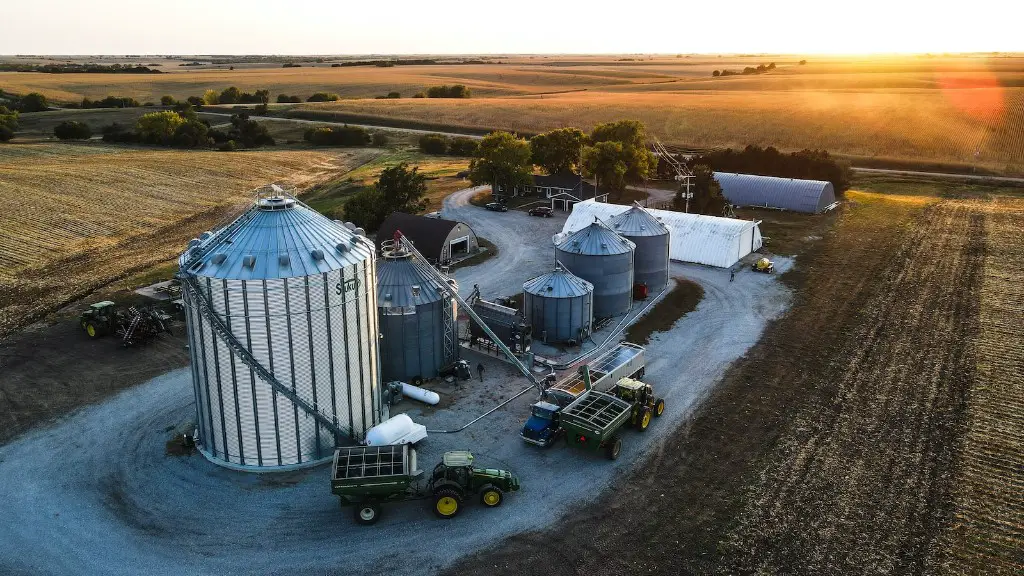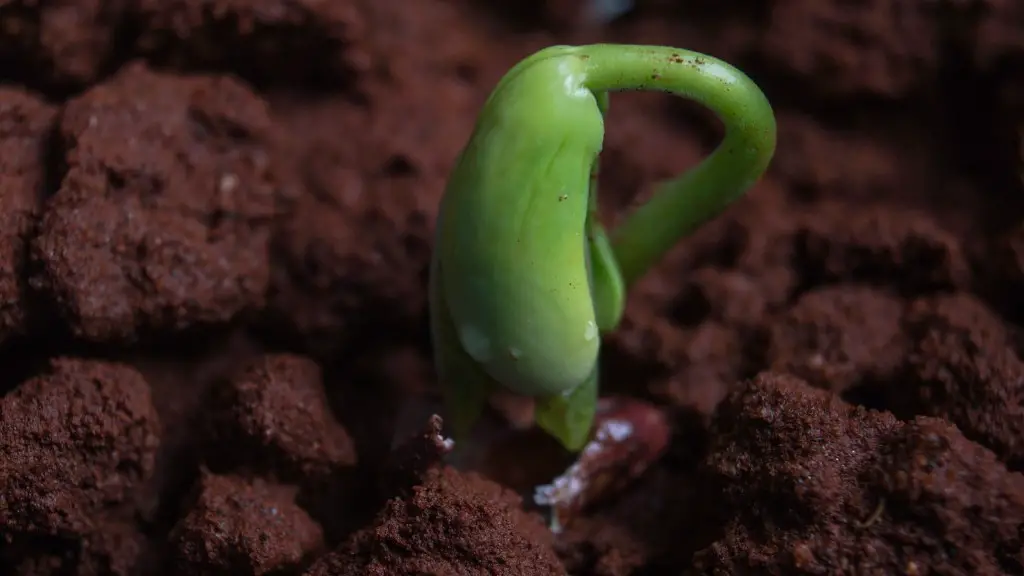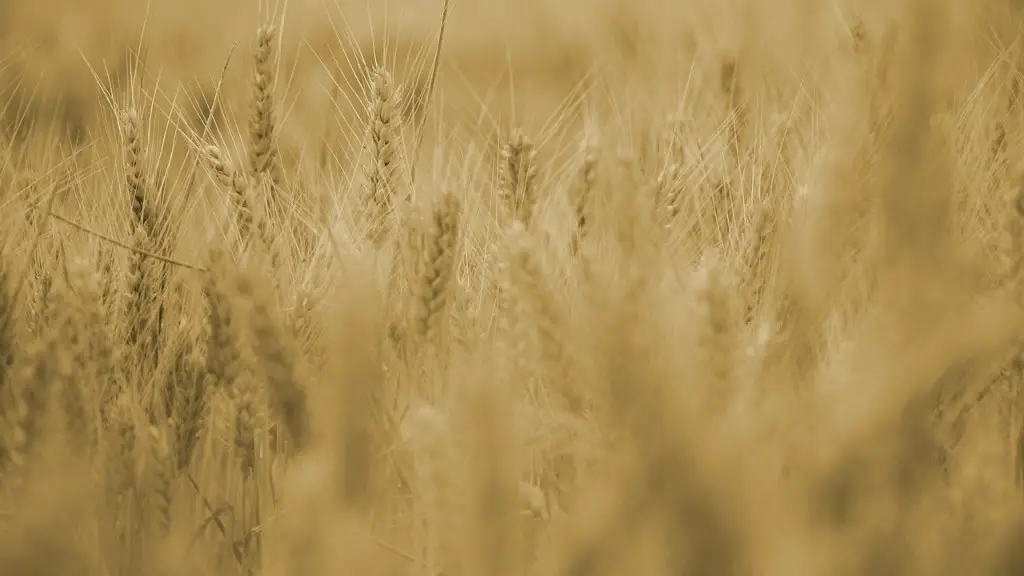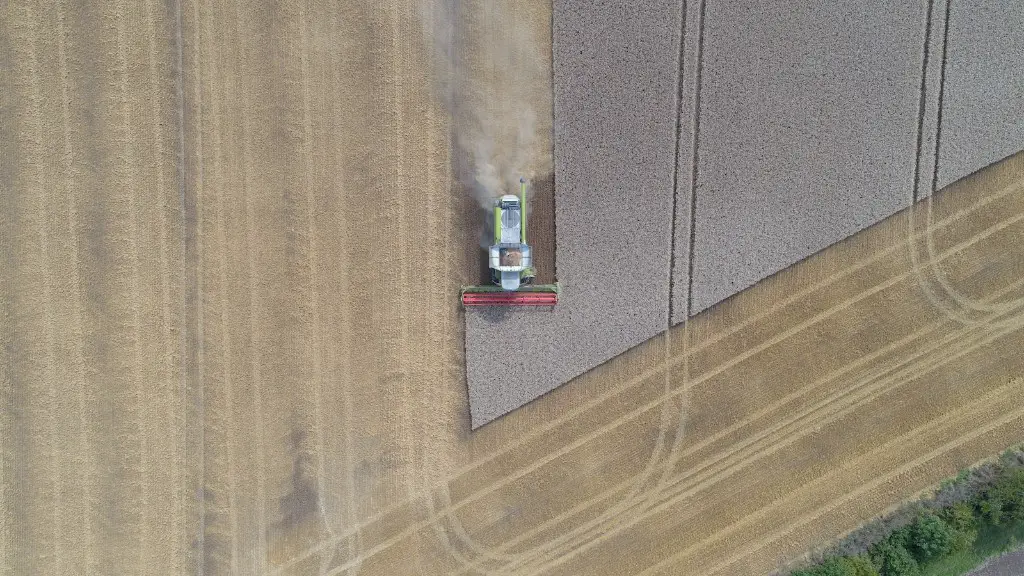Shelling in agriculture is the process of manually or mechanically extracting the kernels or seeds of a crop. It is often used in order to make produce, such as grains and legumes, ready for market or human consumption. The shelling process is especially important in the case of crops such as almonds, cashews, peanuts, and soybeans, which are highly perishable and have relatively large seeds compared to other commodities. The process can take anywhere from a few minutes to a few hours to complete. The type of shelling methods and equipment used depends on the desired quality and efficiency.
Mechanical shelling is usually the most efficient option for larger amounts of produce, as it utilizes high-powered machinery to separate the kernels from the plant material. This method can produce large amounts of product quickly, but is typically more expensive than manual shelling. Manual shelling, or hand-shelling as it is sometimes called, is the traditional method of shelling commodities and is often used when production levels are lower. This method is slower and produces a lower yield, however it costs less and can be used on smaller batches of product.
The condition of the produce being shelled makes a major difference in the efficiency of both manual and mechanical shelling. If the produce is too moist, the process will take longer and yield lower yields. If the produce is too dry, the kernels may become too hard to separate. Additionally, shells that are too hard or too soft can create problems when shelling. Proper humidity and temperature control of the shelling environment can help assure a superior quality output.
Shelled produce is subject to a variety of treatments depending on its market use. For example, shelled nuts are often roasted to improve their flavor and texture. Some shelled crops, such as soybeans, are crushed to extract oil or the beans are used to make soy products. Further processing may also involve blending, grinding, and coating, depending on the desired result.
In order to ensure quality, the batch must be tested regularly during the shelling process. Quality assurance includes inspecting machines, verifying the kernels are intact, measuring the difference in size, and testing the texture and flavor of the product. After the batch has been tested and accepted, it can then be packaged and shipped.
Shelling is an important part of processing crops in order to get them ready for market. It requires the right machinery and skilled personnel to ensure a quality output. The process also requires careful management and regular testing to assure the crop meets the desired specifications for its market use.
Manual Shelling
Manual shelling is the traditional form of shelling for many food crop varieties. It involves manually removing the inedible outer portion of the crop, usually by hand. This method of shelling requires dedicated and experienced personnel who can manually identify and remove the shells from all of the crop material. It is cost effective but can also be labor intensive and time-consuming.
Manual shelling is mainly used to process smaller batches or in cases where mechanical shelling is not suitable. For example, large and irregularly shaped nuts, such as cashews, almonds, and hazelnuts, require manual shelling as the shape and size of the crops make mechanical shelling inefficient. While manual shelling takes longer and produces lower yields than mechanical shelling, it is also more cost effective since it doesn’t require specialized machinery.
When done correctly, manual shelling can produce a high-quality product. However, human error can cause significant problems, such as tough shells or broken pieces of nut, resulting in a lower-grade product. Regular testing and quality assurance processes can help reduce these issues.
To ensure that manual shelling is efficient and effective, it is important to have a skilled workforce and regular training. Having a diverse team of shellers, with each shellers having their own level of expertise, can help yield better-quality products.
The shelling environment also plays a key role in producing quality results. Proper temperature and humidity controls must be put in place to ensure the nuts and other produce don’t become too dry or too moist during the shelling process.
Mechanical Shelling
Mechanical shelling involves using high-powered machines to separate the kernels or seeds of a crop from the plant material. This method of shelling is most often used for larger batches of crops, and is typically more efficient than manual shelling. Mechanical shelling results in higher yields with a much faster processing time.
Mechanical shelling also tends to be more expensive than manual shelling due to the specialized machinery and increased labor required. Additionally, not all crops are suitable for mechanical shelling. Some crops, such as certain types of nuts, don’t respond well to this type of shelling due to their irregular shape and size.
The quality control aspects of mechanical shelling are similar to manual shelling, though more complex. Processors must be sure to regularly check and monitor machines for any wear or malfunction to ensure that the machinery does not affect the quality of the product.
Ensuring the correct grades of product are being extracted and inspected regularly is also important in mechanical shelling. For example, in the processing of peanuts, there are typically several grades of nuts processed in the same batch. Each grade must be sorted and weighed to ensure accuracy and quality.
Additionally, efficient and effective cleaning procedures must be put in place to ensure machinery is adequately cleaned in between different products. Residual material, if left on machines, can contaminate a next batch and yield a lower-grade product.
Optimizing Shelling Processes
In order to optimize the shelling process, processors must select the most appropriate shelling method depending on the type of crop and desired quantity. This includes selecting the most cost-effective option, while being sure not to sacrifice quality or efficiency.
It is also important to ensure that the processor has adequate quality assurance procedures in place to guarantee the quality of the product. For example, regular inspections of the produce, machines, operations, and facilities can help ensure the product meets the desired specifications.
Finally, proper training and communication between all personnel must be in place. Understanding the different shelling parameters and processes, as well as knowing when to resolve issues quickly and accurately, can help ensure shelling operations run smoothly.
Future Developments in Shelling
The development of new shelling technologies, such as automated shelling machines, are allowing for more cost-effective and efficient shelling processes. Automated shelling machines allow for more accuracy and less waste, whereas manual shelling is still limited to short runs.
In order to maximize efficiency, processors should strive to maximize the output of their shelling processes. This can be accomplished by implementing more accurate sorting techniques and investing in more efficient shelling machines.
In addition, processors should utilize predictive analytics to anticipate issues and manage resource use. This data-driven approach can help optimize shelling operations and identify weak points in the process before they arise.
Finally, it is important to ensure machinery is well maintained, with regular cleaning and servicing. This will ensure the highest efficiency of the equipment and ensure that maximum yields are achieved.
Shelling Quality Control
The quality control aspect of shelling is of utmost importance. Quality control procedures must be put in place to assure that shells are adequately removed and the end product meets the desired specifications. This includes testing the produce for size, shape, color, texture, flavor, and more.
Regular inspections of both manual and mechanical shelling operations can help ensure that the process is running as efficiently as possible and that negative factors, such as broken kernels, are not present in the end product. This can help reduce waste and increase customer satisfaction.
Additionally, processors should be sure to use the correct machines and tools specific to each crop. For example, different types of nuts require different types of shellers and cutting tools for optimal efficiency.
Finally, processors should be sure to follow proper cleaning protocols at all times. Residual material left on machines can cause cross-contamination of batches, resulting in lower quality yields.





